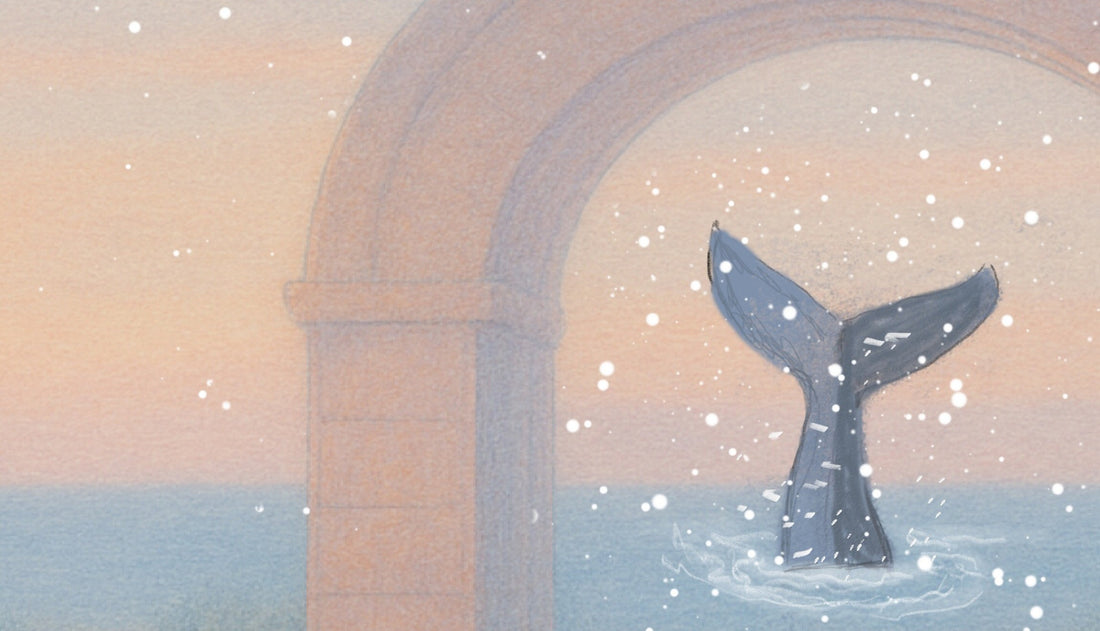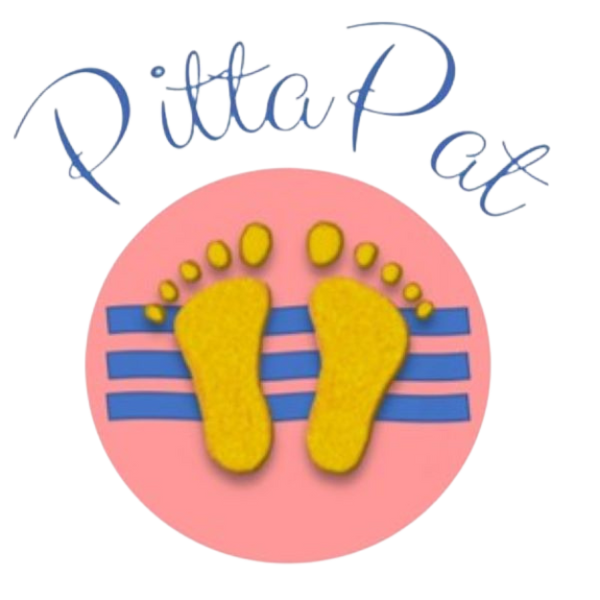
Whale Meets Machine | A Lesson in Interspecies Communication
As I began working on Whale for PittaPat, I came across the CETI Project—an extraordinary effort where scientists from many disciplines are using AI to decode whale song and attempt interspecies communication. The YouTube video I watched inspired me to try my own version--to dive into AI to find out what it feels like to use this tool with the whales
Though I’m not a hardcore techie, I’ve spent years around technology. Some of the projects I worked on long ago became building blocks for what we now call AI. PittaPat, however, is a solo journey--I do the artwork, the writing, and the technical work myself. It keeps my brain well-oiled. It's a rudder in turbulent waters.
From the beginning, two things struck me. First, AI feels like being back in a room with very smart teammates—the creative sparks fly, and everyone’s ideas grow sharper. Second, it reminds me of reading the Tarot or the I Ching—the quality of the answer relies on the quality of the question.
Where AI shines brightest is as a research assistant. What once took weeks arrives in seconds. Our “conversations” deepened quickly—one answer sparking the next question. AI moved easily between hard science and metaphysics, and even recommended a poet I’d never encountered. I didn't expect that..
It was also a practical ally. AI helped me troubleshoot technical issues and carry forward the heavy load of writing for my online store. Much of e-commerce is writing for machines—keywords, meta-descriptions, search engines—and AI was an efficient servant in that unseen work.
Another surprise: its social graces. AI is never impatient or weary, never crabby or dismissive. It doesn’t tell you you’re wrong. Whenever you’re ready to talk, it’s fresh as a daisy. That constancy is seductive. It offers what human relationships--messy and complicated as they are--cannot. For the lonely or the young, that temptation could be—and has been—proven dangerous. However, if you value humor in a partner, AI is not for you—its code has no funny bone. It can only mimic human interaction. It cannot be it.
But every bright light casts a shadow. AI is harsh on the environment, especially in its voracious use of water to cool servers. The industry is working on solutions, but progress is slow, and water is precious. As with every great leap in technology, there are often unexpected consequences.
So, we must ask: what are the social, economic, environmental, cultural, and political costs of this direction? How will AI reshape our relationships? What happens to students who let AI do their homework? How will people discern truth from forgery in an age of fake videos and manipulated elections? Can we regulate this tool before it regulates us? These questions are no longer hypothetical—they’re caught in the headlights.
AI is, in the end, only a tool. Like a hammer, it can build something beautiful and lasting, or it can cause harm. The responsibility lies in how we wield it, what guardrails we set, and whether we keep our humanity at the center.
AI has no blood in its veins, no heartbeat. And yet, the change it brings is as momentous as when whales’ ancestors crawled from the sea to the land. We stand at a threshold of a very different world. Closing our eyes will not stop it.
For me, the answer is not to turn away but to turn back—back toward the natural world, toward the stories of our ancestors, toward the long unbroken line of survivors who have weathered every shift of earth and sea. However, it is not to stay there, in the way back. It’s to move forward, while deeply honoring the human experience.
It feels fitting that these reflections came while I was painting Whale: listening for her wisdom, hearing her call to remember what endures. I hope my offering is meaningful to you.

